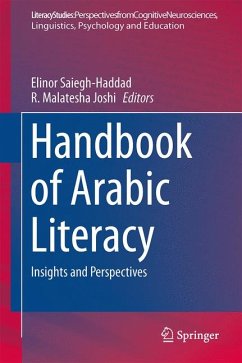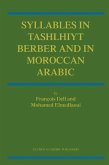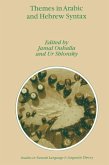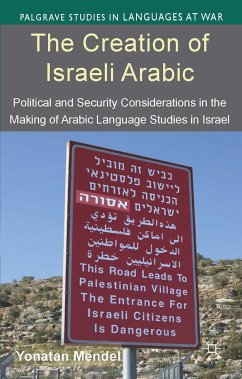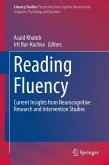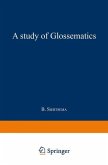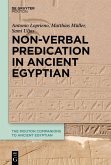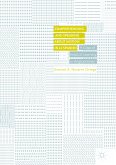Dieser Download kann aus rechtlichen Gründen nur mit Rechnungsadresse in A, B, BG, CY, CZ, D, DK, EW, E, FIN, F, GR, HR, H, IRL, I, LT, L, LR, M, NL, PL, P, R, S, SLO, SK ausgeliefert werden.
"The aim of the book is to explore literacy development in Arabic from several perspectives. ... This volume is a helpful guide to researchers of not only Arabic literacy and Diglossia, but also of sociolinguistics, learning disorders, and especially education. It aspires to achieve a better understanding of the consequences of the diglossic nature of Arabic and find solutions to existing problems. ... The language used is easy-to-follow, and relevant tables, diagrams, and charts are provided where needed." (Kariema El Touny, The Linguist List, March, 2015)

